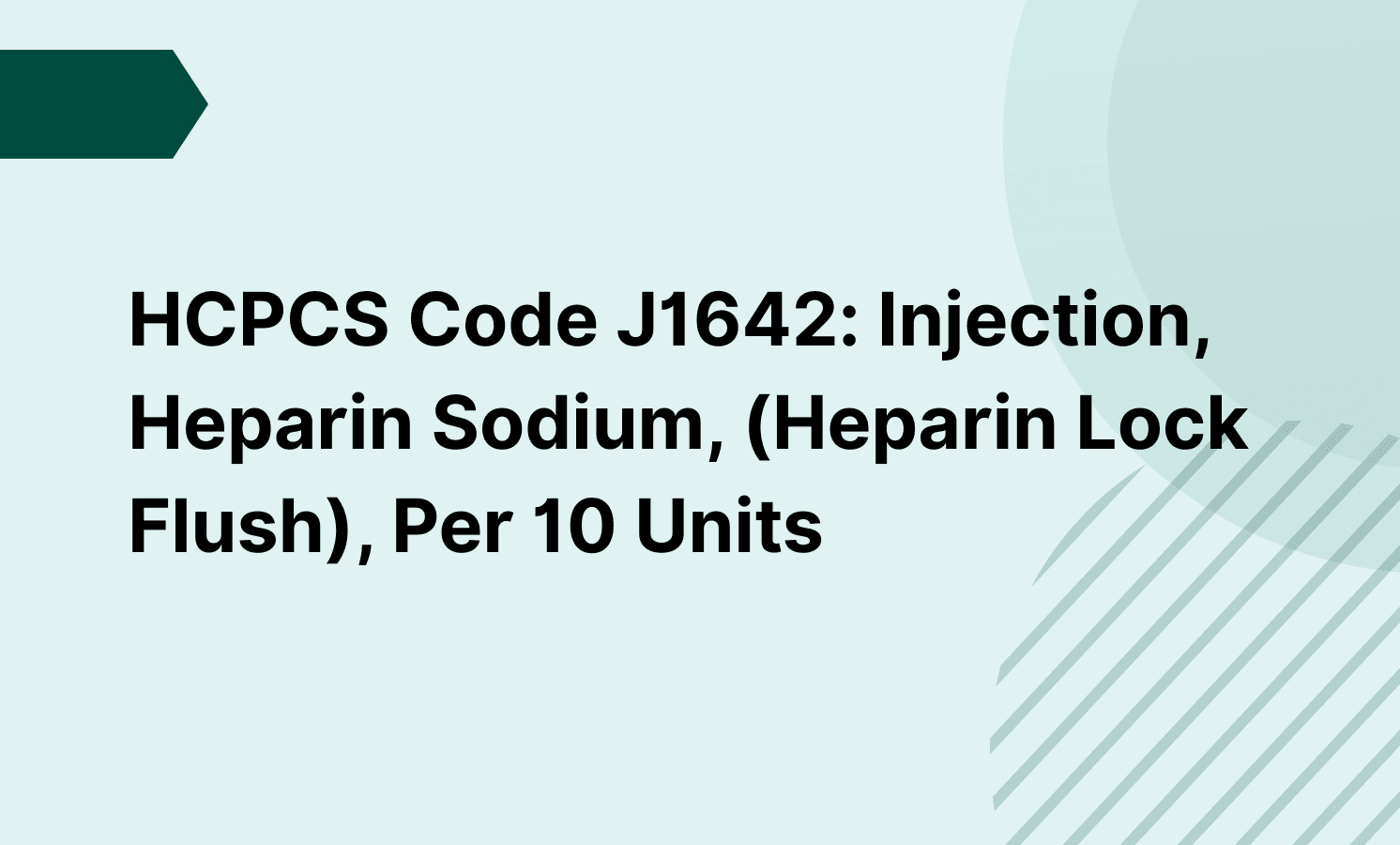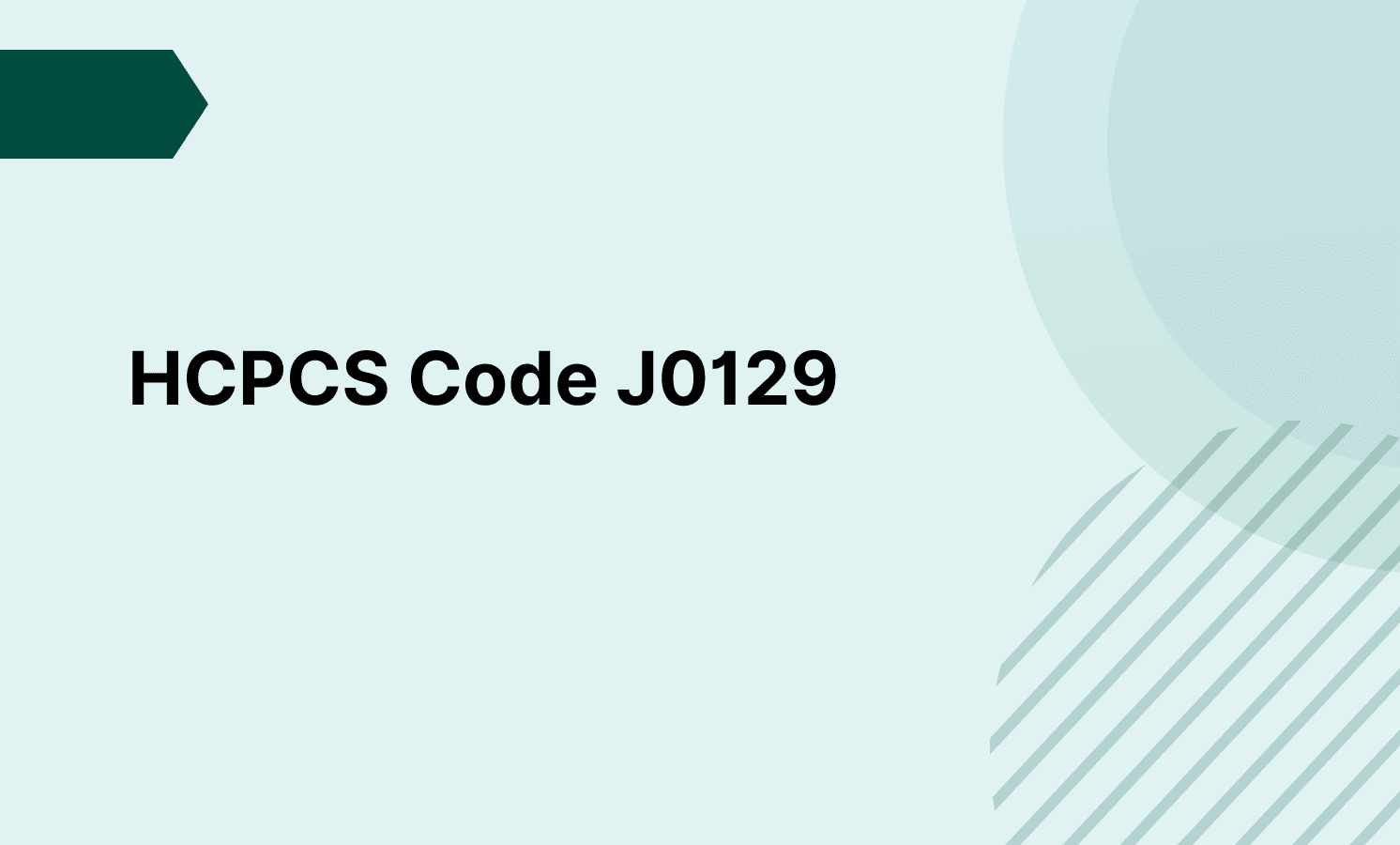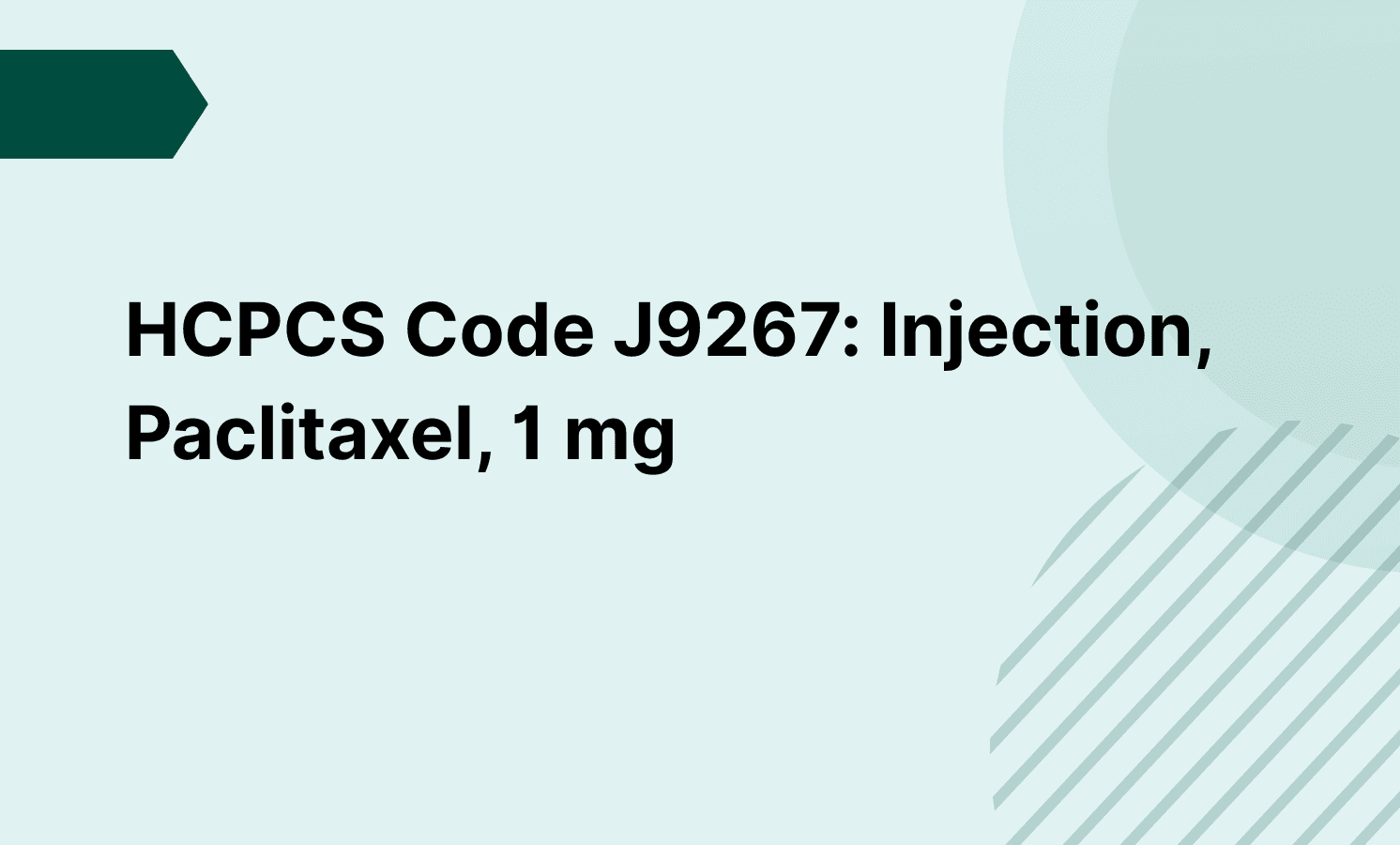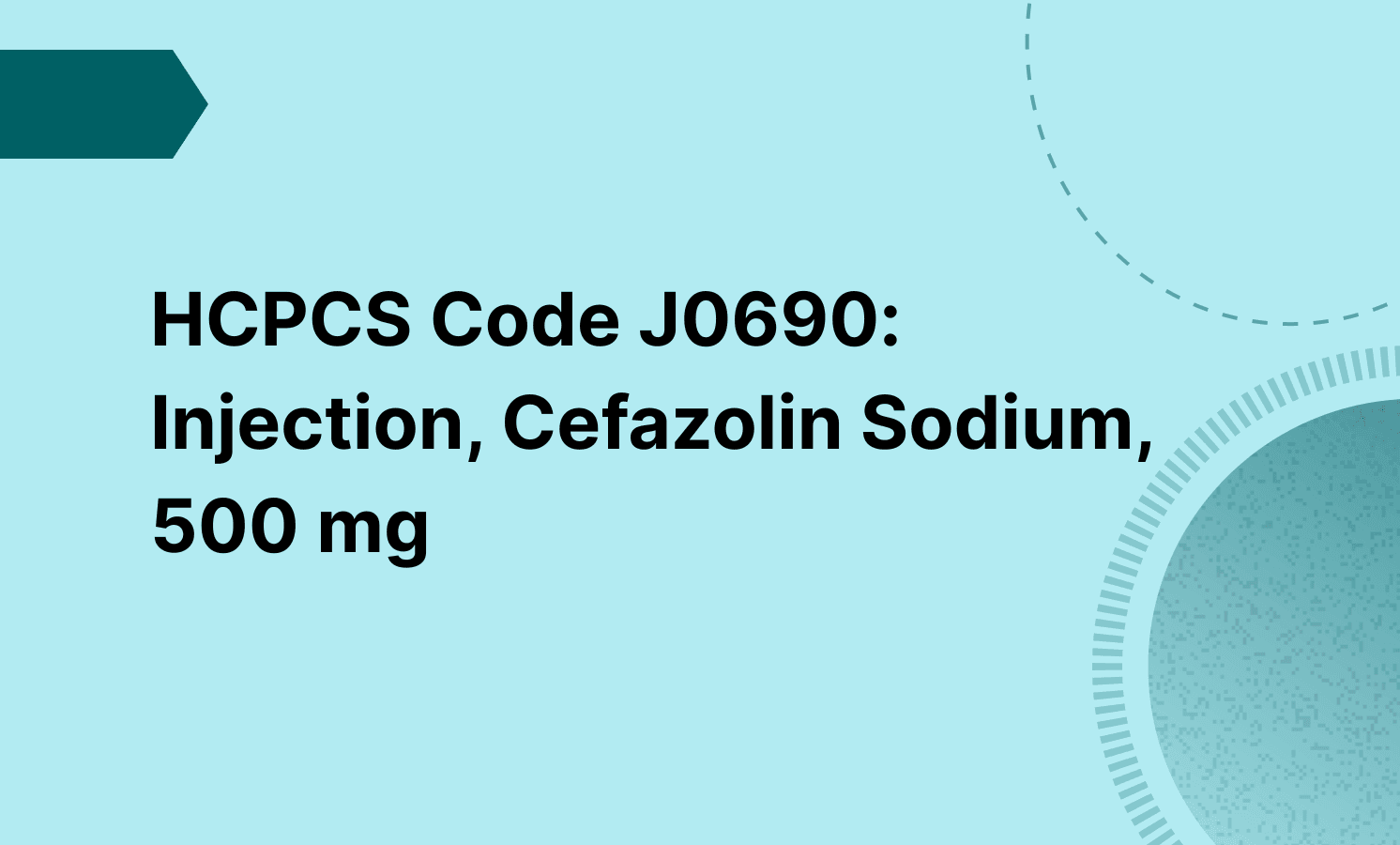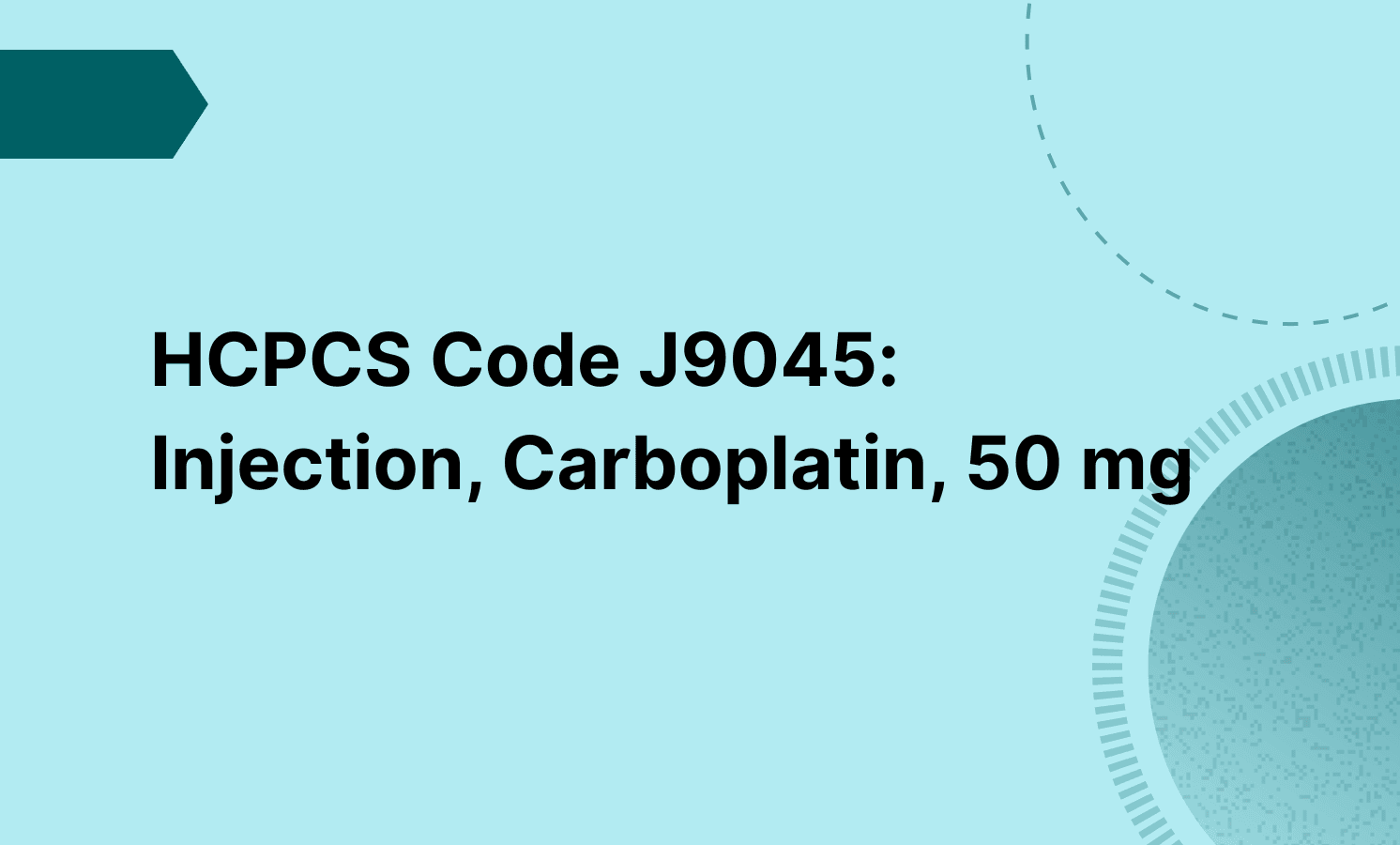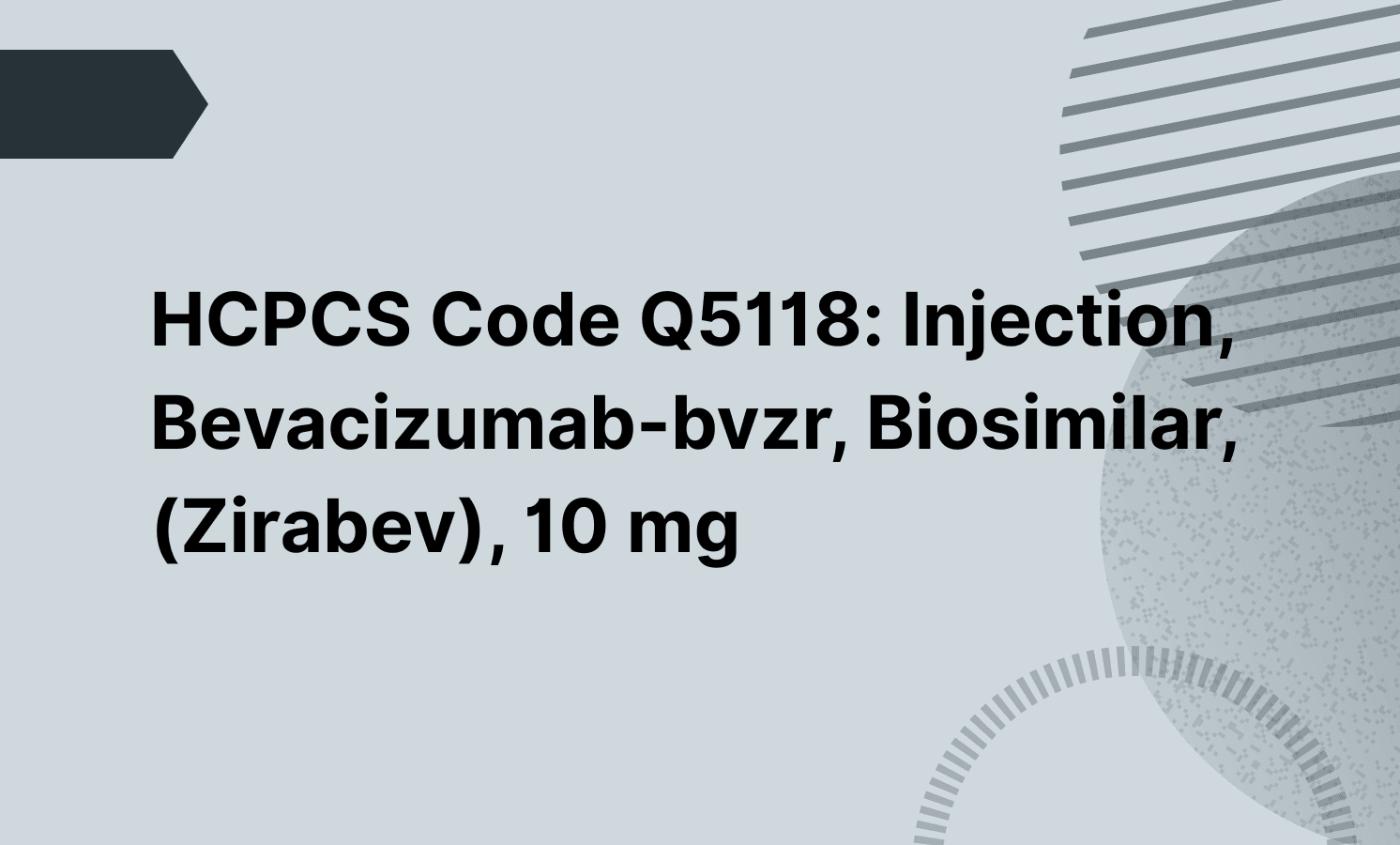Procedure code 97112 is used for neuromuscular reeducation, a one-on-one intervention provided by healthcare professionals to help patients regain balance, coordination, kinesthetic sense, and functional movement. It involves therapeutic interventions to improve motor function and support recovery from neurological or musculoskeletal conditions.

CPT Code 97112: Neuromuscular Reeducation
Learn what CPT Code 97112: Neuromuscular Reeducation is including its documentation requirements, billing guidelines, and relevant CPT codes.
Frequently asked questions
Neuromuscular reeducation includes therapeutic activities that retrain the body’s nervous and muscular systems to improve balance, coordination, posture, and proprioception. It qualifies when performed as a direct one-on-one intervention by a licensed healthcare professional to address deficits in movement or motor control.
CPT code 97112 is used for neuromuscular reeducation, focusing on improving movement, balance, coordination, and posture through direct contact. In contrast, CPT code 97535 involves one-on-one training in self-care and daily living activities, especially to support recovery from illness or injury.
EHR and practice management software
Get started for free
*No credit card required
Free
$0/usd
Unlimited clients
Telehealth
1GB of storage
Client portal text
Automated billing and online payments

